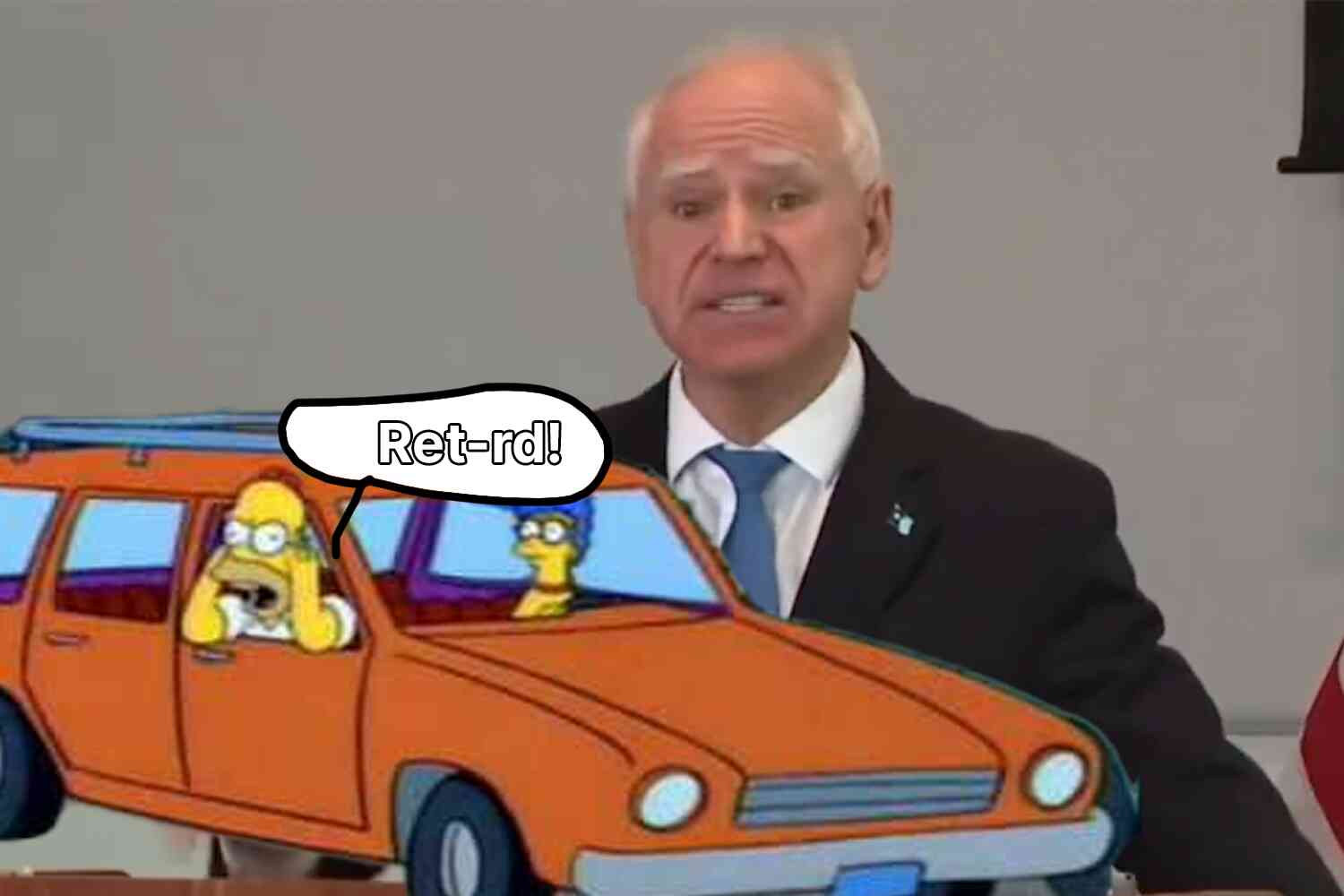Gas prices in the U.S. are at a record high. They're only going to keep getting higher. Joe Biden just banned oil imports from Russia, which is sure to accelerate the spike. There's no end in sight.
Literally, the end is not in sight—it's underground.
To paraphrase the great Daniel Plainview: There's a whole ocean of oil under our feet, and no one can get at it except for us. Tapping the U.S. oil supply and ramping up domestic energy production would help to bring down this price spike—and most importantly it would keep it down by making the U.S. energy independent.
"But wait," you might ask, "are there actually enough fossil fuels in the United States to really make a difference in everyday fuel prices?"
Oh yes—yes there is. We know because the Biden administration told us as much this month.
The U.S. Energy Information Administration's March 2022 Oil and Gas Supply Module estimates that there was a whopping 373 billion barrels of "technically recoverable U.S. crude oil resources" in the United States as of 2020:
Here is a useful gif to help clarify, in highly scientific language, that gargantuan number:

But wait! There's more! The EIA doesn't just estimate oil in the ground—it estimates natural gas reserves, as well. And take a look at how much of that we have out there just waiting to be siphoned up:
Yeah that's not a Carl Sagan-style "billions with a B" billion: That's nearly 3,000 trillion cubic feet of home heating, industry power, city bus fuel—whatever you want to use it for.
Again:

"Wow!" you might say. "So why aren't we going full-bore full-tilt to snatch up all of these valuable natural resources, secure our country's future, boost our economy and stop relying on tinpot strongmen halfway across the world for any of our energy needs?"
That's a great question. There are a variety of answers.
Part of the bottleneck—now and in the near future—can surely be explained by the Biden administration's decision to pause federal drilling leases because of something-something climate change, sea-levels something:
The White House has argued, not without some merit, that there are a great number of current oil leases—numbering in the thousands—that are going unused, though industry expert Mike Sommers of the American Petroleum Institute told Bloomberg this week that the issue isn't as simple as the raw numbers would suggest:
Just because you have a lease doesn't mean there's actually oil and gas in that lease, and there has to be a lot of development that occurs between the leasing and then ultimately permitting for that acreage to be productive.
That's not an exaggeration. Consider what oil companies can be forced to go through before breaking ground on a new lease and getting the oil flowing:
They must organize and safely manage their reservoir and satisfy several regulatory requirements, such as an onsite inspection, environmental review and permit approval. This process can actually take up to 10 years.
Experts say even if these companies start drilling more oil wells today, it could take anywhere from six months to years for that oil to start flowing.
A chaotic couple of years of domestic and economic policy, meanwhile—driven in no small part by COVID hysteria and panic—has made energy producers more skittish on the home front:
"Oil and gas companies do not want to drill more," said Pavel Molchanov, an analyst at Raymond James. "They are under pressure from the financial community to pay more dividends, to do more share buybacks instead of the proverbial 'drill baby drill,' which is the way they would have done things 10 years ago. Corporate strategy has fundamentally changed."
What obviously needs to happen is a whole-horse national effort to invest in oil production here: Government needs to get out of the way as much as feasibly possible, and private interests need to go all-in on getting American fossil fuels out of the ground, through American refineries, and into American cars and homes.
The time to hurry this along is now. Gas prices aren't going anywhere but up.
P.S. Now check out our latest video 👇









